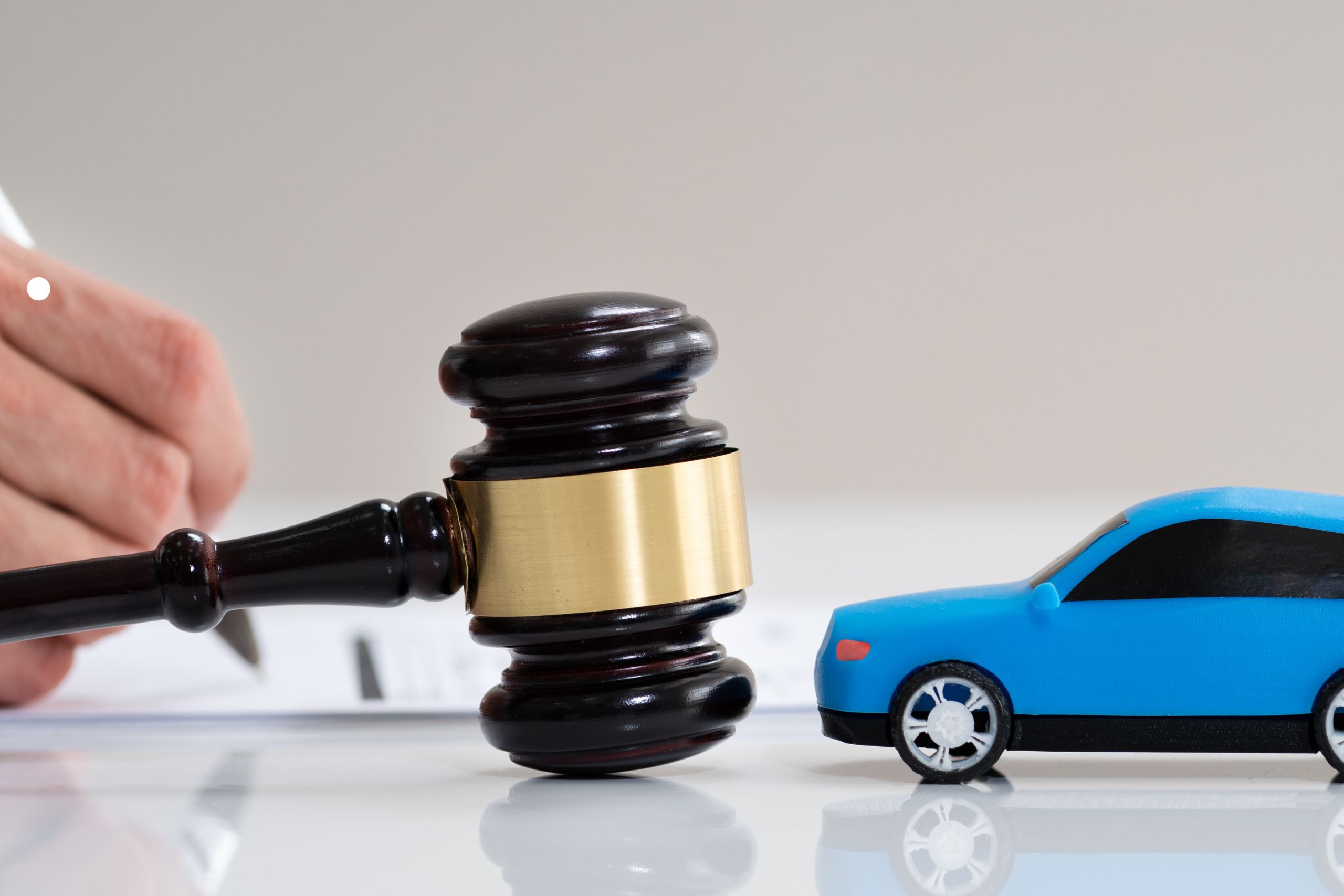Car accidents happen every day in Florida – about 1,095 times a day, to be exact. In some of those instances, more than one person may be at-fault. They may not be equally at-fault. But as a Fort Lauderdale personal injury lawyer can explain, the fact that an injured party was partly responsible for a…
Continue reading ›Articles Posted in Best personal injury attorneys Fort Lauderdale
Client Reviews
I have worked with Richard, a true professional and trusted source. He has shown great strength and ability to lead is his greatest asset. His office support team cultivates a culture that executes obtainable turnaround results. Thank you Ansara Law Office.
The man. Twice I had problems with the law and twice he took care of me. A no nonsense kind of Lawyer. If you want your problems to go away, look no further. This guy is your Lawyer. I love you Rick, thx for all your help.
Great attorney and person to know. Came all the way from Fort Lauderdale to help me with a civil issue in St. Petersburg. Thank you for all your help, Rick!
I would recommend Richard to anyone and I would hire him again with out hesitation. I did not know Richard Ansara. I found him on the internet. I live in another state so I had to trust. I left a message. I got a call back from Richard. He invested a lot of time just listening to what I needed him...
The best lawyer I ever had. Very efficient and professional. The staff is amazing. He took care of my case very quickly and for an affordable price.














